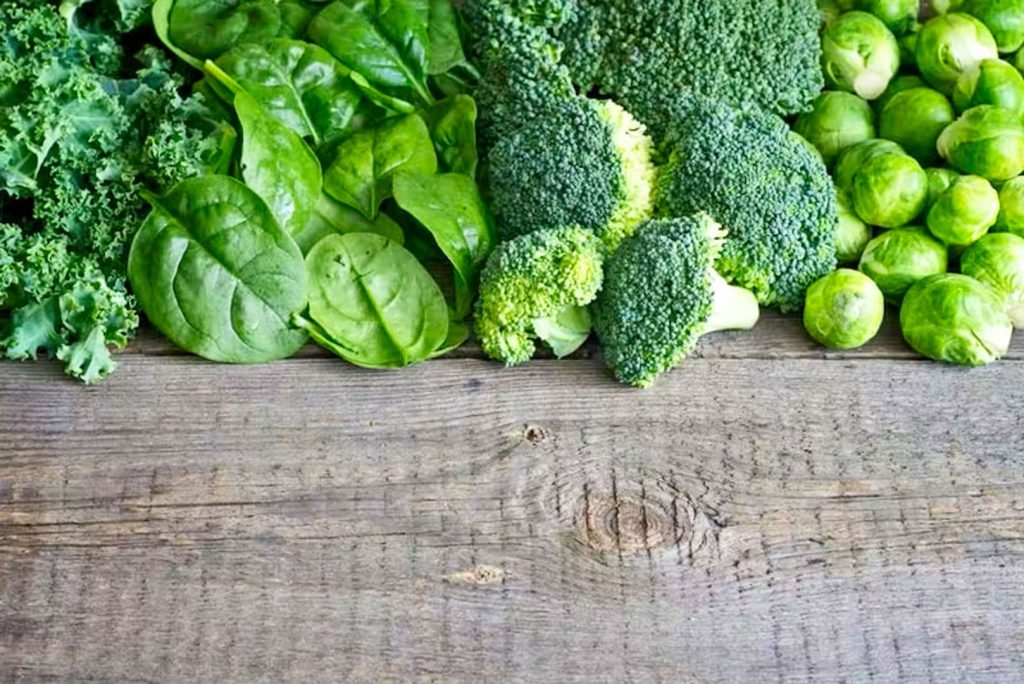The greener, the better

March is a terrific time to celebrate all things green – and kale, spinach, broccoli and Brussels sprouts are at the top of the food chain when it comes to healthy vegetables.
Green vegetables are packed with essential nutrients and have been shown to have numerous health benefits, including helping to reduce the risk of developing chronic diseases such as heart disease and cancer.
Kale has grown in popularity in recent years, graduating from a salad bar garnish to a chopped salad superfood and a smoothie add-in. It is an excellent source of vitamins A, C, and K, and it is also high in calcium, magnesium and iron. Eating kale can reduce inflammation, and it is also high in fiber, which can help improve digestive health. To reap the most benefits, kale is best eaten raw, as cooking reduces its nutritional profile.
Another very popular green vegetable is spinach. Spinach, too, is a great source of vitamins A, C, and K, as well as magnesium, calcium and iron. Additionally, spinach is high in antioxidants, which can help protect against free radical damage. Raw spinach has a mild, slightly sweet taste that can be refreshing in salads, while its flavor becomes more acidic when it is cooked. Due to its high water content, spinach can shrink as much as 90 percent of its original volume when cooked, so prepare plenty.
Broccoli is high in many nutrients, including fiber, vitamins C and K, iron, and potassium. It also boasts more protein than most other vegetables. Broccoli may be enjoyed both raw and cooked, but research shows that gentle steaming provides the most health benefits.
Finally, Brussels sprouts are gaining popularity and are not your mother’s steamed, soggy Brussels sprouts of days past. They are often the only green vegetable on a restaurant’s appetizer menu, and popular cooking methods include broiling, baking or flash frying with garlic and a balsamic reduction. Like broccoli and other cruciferous vegetables, Brussels sprouts are rich in hydrogen sulfide gases. Heat exposure releases the gases, producing a smell that some may find unpleasant.
When shopping for green vegetables, look for ones that are fresh, firm and free of blemishes. Dark green vegetables are the best, as they are higher in nutrients than their lighter vegetable counterparts.
The next time you highlight one of these ingredients in a meal or sneak them into your smoothie, omelet or salad, know you are doing something good for your body.
By Terri Wiebold; courtesy photo